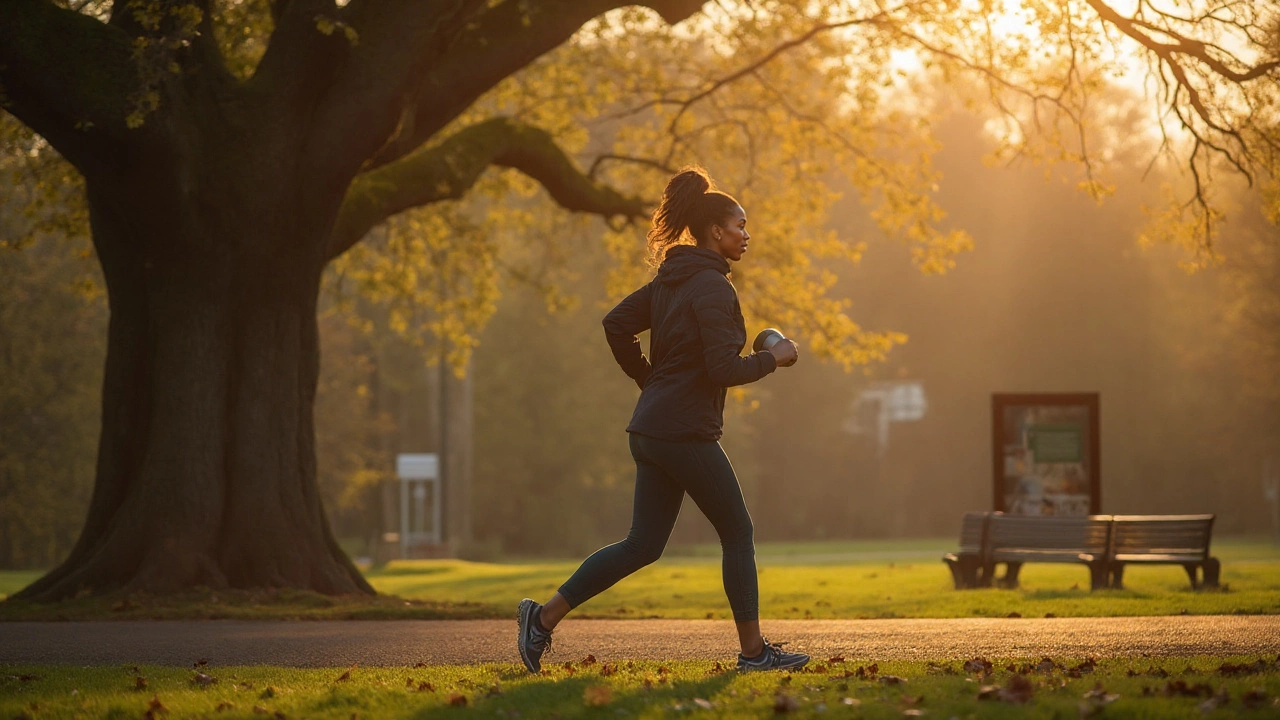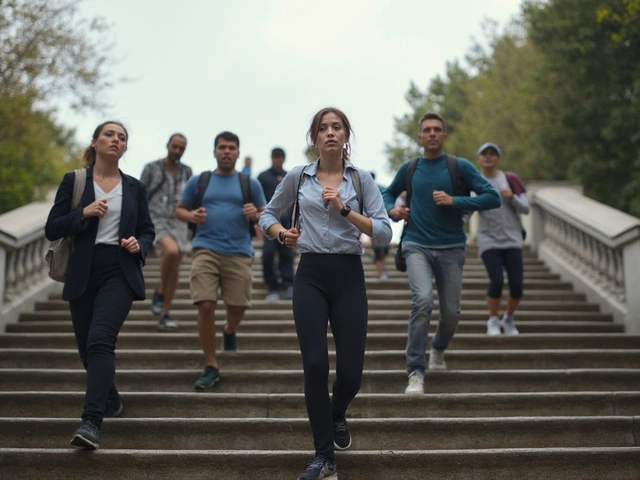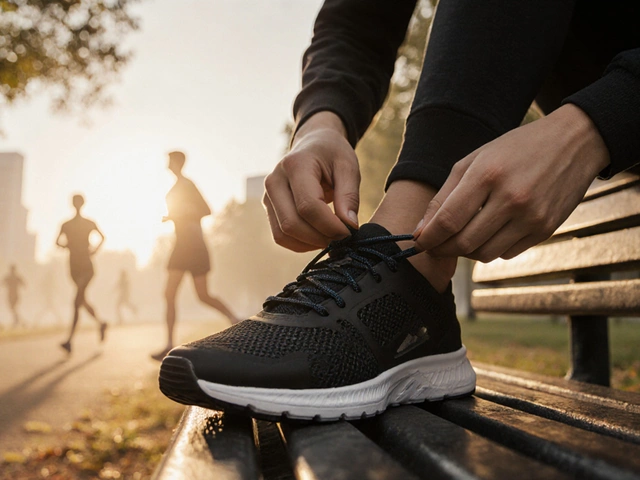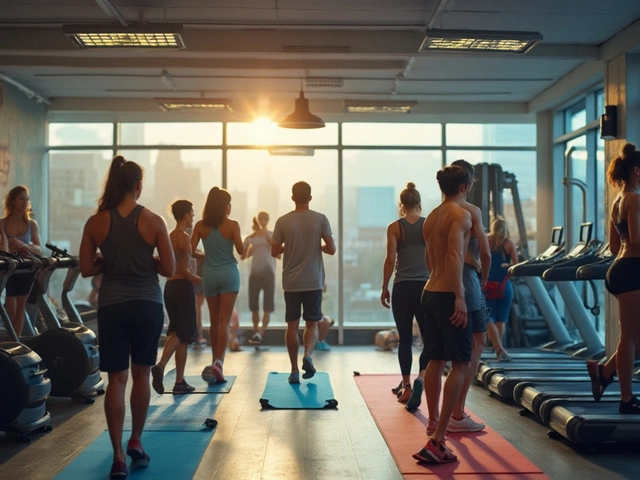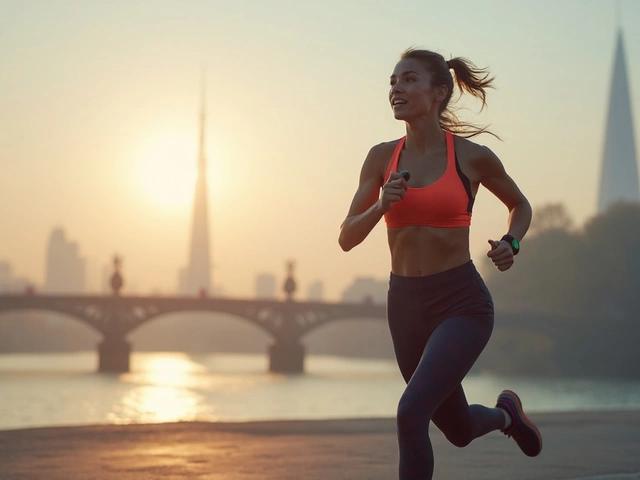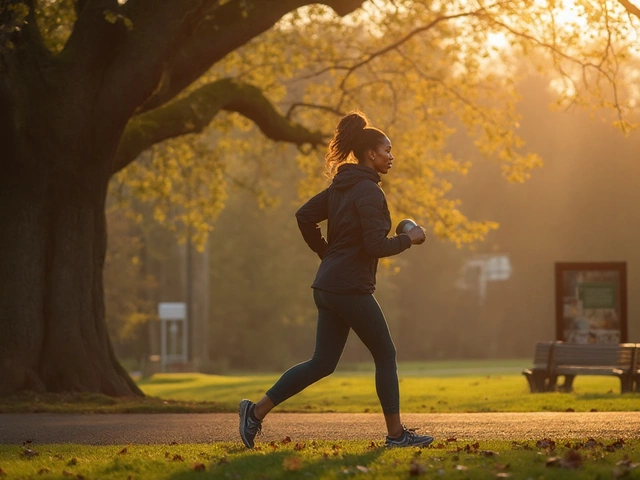You want simple, sustainable habits that actually make you feel better, not a perfection plan you’ll quit by Friday. These seven moves are the highest-return basics: they improve energy, mood, and longevity without hijacking your life. I live in Adelaide, where summer heat and fierce UV shape how we train, hydrate, and protect our skin, so you’ll see a few local touches. Use this as your compact field guide and pick one improvement per week. Stack wins, not guilt.
TL;DR: The 7 habits that cover 80 percent of physical health
- Move your body most days: Aim for 150-300 minutes of moderate activity per week plus two strength sessions. Use brisk walking, cycling, swimming, or sport.
- Build and keep muscle: Strength train 2-3 days a week. Push, pull, hinge, squat, carry. Progress slowly.
- Eat like you plan to use your body: Base meals on protein, plants, and smart carbs. Hit around 25-40 g protein per meal and 30 g fibre per day.
- Protect sleep like a meeting with your future self: 7-9 hours, consistent schedule, cool dark room, caffeine cut off 8 hours before bed.
- Hydrate with intent: About 30-35 ml per kg body weight daily; more in Adelaide heat or if you sweat hard.
- Manage stress and recover: 10-20 minutes of downshift daily. Breath work, easy walking, nature, mobility. One real rest day per week.
- Prevent what you can: Sun protection, alcohol within current Australian guidelines, no tobacco or vaping, routine check-ups and vaccines.
These aren’t trendy. They’re the bedrock. The World Health Organization, Australia’s Physical Activity and Sedentary Behaviour Guidelines, the National Health and Medical Research Council alcohol guidelines, and the Sleep Health Foundation all land in the same zone on these targets.
How to nail the 7 tips, step by step
Job one is making this doable today. Think minimum effective dose, then expand.
Move most days
- Target: 150-300 minutes of moderate intensity weekly or 75-150 minutes vigorous, plus muscle-strengthening twice a week. Moderate means you can talk but not sing. Vigorous means short sentences only.
- Starter plan: Walk 25 minutes Monday through Friday, brisk pace. Add a longer 45-60 minute walk Saturday. That gets you to ~170-185 minutes without drama.
- Adelaide twist: In summer, go early morning or late evening to dodge UV and heat. Indoors? Airy shopping centres or a treadmill session work when the mercury hits 38°C.
Lift things 2-3 times a week
- Pick 4-6 moves: squat, hinge (hip hinge or deadlift pattern), push (push-up, overhead press), pull (row), carry (farmer carry), and a core brace (plank or dead bug).
- Sets and reps: 2-4 sets of 6-12 reps per move, resting 60-120 seconds. Start light, leave 2 reps in the tank. Progress 2 kg or 5 percent when the last set feels too easy.
- At home: Backpack squats, towel rows under a door anchor, incline push-ups off the kitchen bench, and farmer carries with water jugs. No excuses needed.
Eat for performance and recovery
- Protein: 1.2-1.6 g per kg body weight daily if you are active and want to keep or build muscle; spread across meals. A simple rule is 25-40 g per meal. For a 70 kg person, that’s roughly 90-110 g per day.
- Plants and fibre: 30 g fibre per day from vegetables, fruits, legumes, whole grains, nuts, and seeds. Aim for 2 pieces of fruit and at least 3 cups of vegetables daily. Think SA produce: Riverland citrus, Adelaide Hills greens, legumes, and grains.
- Carbs: Time most of your carbs around training and the back half of the day if you like sleeping better. Whole grains, potatoes, oats, rice, sourdough, and legumes beat ultra-processed options.
- Plate method: Half plate colourful veg, quarter lean protein, quarter smart carbs, plus a thumb of healthy fat.
Sleep like it matters
- Anchor: Same wake time daily. If you can fix only one thing, fix this.
- Wind down: 60-minute buffer without work or intense screens. Dim lights. Warm shower helps you drop core temperature after.
- Environment: Cool 17-19°C, dark, quiet. Consider blackout curtains for bright Adelaide mornings in summer.
- Cut-offs: Caffeine 8 hours before bed, alcohol 3 hours before bed. Late-night alcohol fragments sleep even if you fall asleep faster.
Hydrate smarter
- Baseline: 30-35 ml per kg per day. A 70 kg person needs roughly 2.1-2.5 L. In heat or heavy exercise, add 0.5-1 L per hour of sweating and consider electrolytes.
- Simple habit: Front-load a glass on waking, one with each meal, and one with training. Carry a 750 ml bottle; two to three fills gets you close.
- Check: Pale straw-coloured urine means you’re good. Dark apple-juice colour? Drink.
Stress and recovery
- Daily 10: Box breathing 4-4-4-4 or 4-7-8 for 5 minutes, plus a 5-10 minute easy walk after lunch. That’s your minimum viable downshift.
- Mobility: 5 minutes of hips, thoracic spine, and ankles on training days. Your lifts and runs will feel smoother.
- Nature dose: One outdoor walk a day if UV is safe or you’re sun protected. Green spaces reduce perceived stress and help blood pressure.
Prevention: control the controllables
- Sun: In SA, UV can be extreme even on mild days. Slip on clothing, slop SPF 50+, slap a hat, seek shade, slide on sunnies. Check UV index in the morning. Vitamin D is important, but you can get it safely; a GP can test and guide supplementation if needed.
- Alcohol: The 2020 NHMRC guideline is no more than 10 standard drinks per week and no more than 4 on any one day.
- Tobacco and vaping: The best health upgrade is quitting. Talk to your GP or Quitline for supports and pharmacotherapy options.
- Check-ups: Blood pressure, lipids, HbA1c if at risk, routine vaccines, cancer screening per age and family history. Your GP will set the cadence.
These targets align with the WHO physical activity guidance, Australia’s nutrition and sleep recommendations, and Heart Foundation advice. Take what fits and iterate.
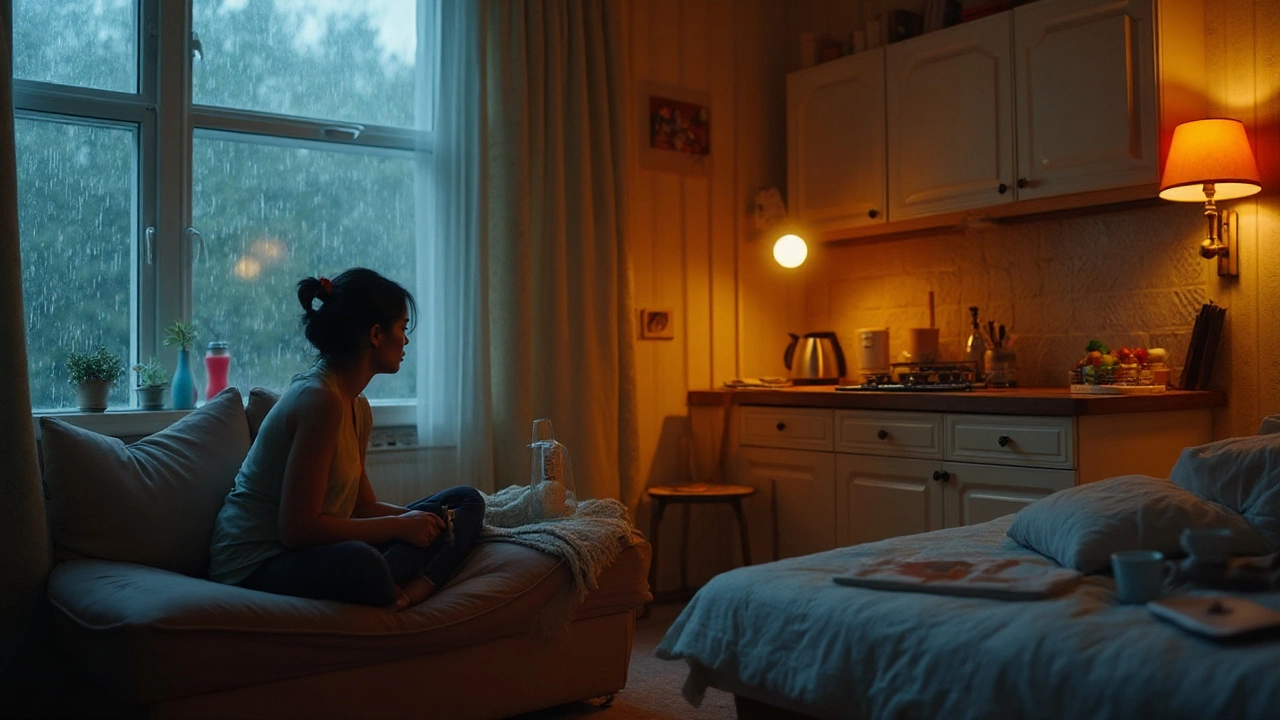
Make it real: examples, routines, and a two-week starter plan
Here’s how to put the seven tips on rails so they run in the background of a busy life.
Two-week starter plan
Week 1: establish anchors
- Movement: Walk 25 minutes Monday to Friday, brisk. Optional 45-minute weekend loop around the park or coast when UV is lower.
- Strength: Two sessions, 20 minutes each. Circuit: 3 rounds of goblet squat or backpack squat 10 reps, incline push-up 8-12, hip hinge 10, row 10, side plank 20-30 seconds each side. Rest as needed.
- Nutrition: Use the plate method for lunch and dinner. Add one extra serving of veg daily. Hit 25 g protein at breakfast with eggs, Greek yoghurt, or a protein smoothie.
- Sleep: Fix wake time and start a 60-minute wind-down. Move caffeine to morning only.
- Hydration: Set three bottle alarms: after waking, midday, mid-afternoon. Aim for two full bottles minimum.
- Stress: 5-minute breath work after lunch, 10-minute walk on non-lifting days.
Week 2: add gentle progression
- Movement: Extend two weekday walks to 35 minutes or add one interval session: 5 x 1 minute fast walk or jog, 1 minute easy.
- Strength: Add a fourth move or a set. Keep one rep in the tank. Track loads to spot progress.
- Nutrition: Hit 30 g fibre most days. Add legumes to dinner twice. Swap one ultra-processed snack for fruit and nuts.
- Sleep: Protect the same wake time on the weekend; it pays off Monday.
- Hydration: Add electrolytes on a hot training day. Limit sugary drinks to occasional treats.
- Stress: Book one non-negotiable leisure block: ocean swim at Glenelg at sunrise, a trail walk in Belair, or a quiet coffee and a book.
Sample day of eating for active adults
- Breakfast: Greek yoghurt bowl with berries, a handful of muesli, chia seeds, and a drizzle of honey. Add a boiled egg or a protein shake if needed.
- Lunch: Chicken, chickpea, and roast veg bowl with olive oil and lemon. Half plate veg, quarter protein, quarter grain or potato.
- Snack: Fruit plus 20-30 g nuts. Or wholegrain toast with cottage cheese and tomato.
- Dinner: Grilled fish, brown rice, big salad with colourful veg, olive oil dressing. Lentils or beans on the side if you’re hungry.
- Flex: Pizza night? Pair with a garden salad and stop at satisfied, not stuffed.
Simple strength progression
- Week A: 3 x 10 push-ups at incline that feels easy-medium. When you can do 3 x 12, drop the incline slightly.
- Week B: Backpack squats: add a book or two. Keep form crisp, knees tracking over toes.
- Week C: Rows: pause two seconds at the top. Mind-muscle connection bumps results without heavier loads.
Hydration in Adelaide heat
- If the forecast hits 34°C plus, train early, shorten sessions, and increase fluids. For sessions over an hour with heavy sweat, include sodium 300-600 mg per hour. You will feel the difference in energy and headaches.
- Use the pee test. If it’s dark by late morning, you’re behind.
Sleep routine you can keep
- Two-step cue: 60 minutes before bed, lower lights and shut work devices. 20 minutes before bed, warm shower, then cool bedroom. Leave your phone charging outside the room if possible.
- Wake time holds even when you miss bedtime. It stabilises your clock and brings sleepy pressure back the next night.
Stress and nervous system resets
- Box breathing: Inhale 4, hold 4, exhale 4, hold 4. Five minutes drops your heart rate and mental static.
- Post-meal walks: 10 minutes after dinner helps blood sugar and sleep quality, supported by metabolic research.
Cheat sheets, checklists, and rules of thumb
Use these to simplify decisions when you are tired or busy.
Daily checklist
- Move: 20-30 minutes minimum. Add incidental steps: stairs, park further, short errand walks.
- Protein: 25-40 g each main meal. If you miss at breakfast, make it up at lunch.
- Plants: Two fruits, three cups of veg. Rainbow approach: three colours today.
- Hydration: One glass on waking, one per meal, one pre-training. Urine pale straw colour by midday.
- Sleep: Fixed wake time. Evening dim lights. Caffeine stopped after late morning.
- Sun and stress: Sun protection outdoors; 5-10 minutes of breath work or a quiet walk.
Weekly checklist
- Cardio: 150+ minutes moderate total, or 75+ vigorous, or a mix.
- Strength: 2-3 sessions, full body. Log sets, reps, and loads.
- Mobility: 3 x 5-10 minute sessions targeting hips, thoracic spine, ankles, and shoulders.
- Grocery: Base your trolley on the perimeter: veg, fruit, lean proteins, dairy, eggs, whole grains, legumes, nuts, seeds.
- Prevention: Check UV forecast, refill sunscreen, plan alcohol-free days, and schedule any overdue GP checks.
Rules of thumb
- When in doubt, walk. Steps are the easiest lever for energy and health markers.
- If a snack doesn’t include protein or a plant, upgrade it.
- Eat slowly enough that a meal takes at least 10 minutes. Satiety signals need time.
- Short on time? Do the highest-return 15 minutes: 3 rounds of squats, push-ups, rows, and a minute of fast walking between rounds.
- Missed a day? Don’t double. Resume normal rhythm. Consistency beats compensation.
Red flags and pitfalls to avoid
- All-or-nothing thinking: Perfection is a trap. 70 percent consistency for months beats 100 percent for a week.
- Jumping to high-intensity training without a base: Start with walking and technique. Your joints will thank you.
- Drastic diet cuts when you are training more: Fuel your work. Under-eating drives cravings, poor sleep, and injury risk.
- Over-reliance on supplements: Whole foods and habits first. If you use protein powder, treat it like food, not magic.
Quick decision tree: tired but want to train
- Sleep under 6 hours and feel ill or dizzy? Rest or do 10-20 minutes of very light movement, mobility, and a walk.
- Sleep 6-7 hours and feel flat? Warm up and start. If you still feel lousy after 10 minutes, switch to lighter work.
- Sleep 7-9 hours and just lazy? Do the plan. Your body is fine.

Mini-FAQ and next steps
Is 10,000 steps necessary
No. Studies show health markers improve from about 6,000-8,000 steps, especially if you also do two days of strength training. If walking is your main exercise, 8,000-10,000 is a solid range.
Best time to exercise
The time you will keep. For performance, late afternoon often feels best. For sleep, avoid hard sessions within 2-3 hours of bedtime. In Adelaide summer, mornings are friendlier for heat and UV.
Do I need supplements
Mostly no. Consider protein powder if food falls short, creatine monohydrate for strength and cognitive benefits, and vitamin D if a GP confirms a deficiency. Choose products with third-party testing.
How much protein is too much
For healthy kidneys, 1.2-1.6 g per kg per day is well supported in the research for active adults. If you have kidney issues, talk to your doctor.
Can I drink alcohol and still be healthy
Yes, within guidelines: up to 10 standard drinks per week and no more than 4 in any one day, per NHMRC. Factor in how it affects your sleep and training quality.
What if I only have 20 minutes
Do a density circuit: 5 rounds of 8 goblet squats, 8 push-ups, 8 rows, and a 60-second brisk walk. Done. Or a 20-minute brisk walk with three 1-minute pickups.
Is HIIT safe for beginners
Start with intervals of fast walking and easy walking. Build a base for 4-6 weeks first. Keep HIIT to 1-2 days a week and leave a recovery day between sessions.
How do I eat well on a budget
Buy frozen veg, oats, beans, lentils, eggs, tinned fish, and seasonal produce. Cook once, eat twice. A pot of lentil bolognese and cooked rice sets up lunches for days.
Next steps and troubleshooting by scenario
- Desk worker with a tight schedule: Do 3 x 10-minute walks around meetings, and a 20-minute strength routine after work. Set a standing reminder every 30-60 minutes.
- Beginner with previous injuries: Get a GP or physio green light. Start with walking and gentle strength using pain-free ranges. Progress slowly and track symptoms.
- Parent with no spare hour: Five mini-workouts of 10-15 minutes still work. Park workouts while kids play are gold.
- Hot weather or high UV days: Train indoors or early. Hydrate and use SPF 50+. Move longer sessions to cooler days.
- Sleep-challenged: Protect the wake time, reduce alcohol, push heavy training earlier, and try a 10-minute wind-down with breath work and light stretching.
If you only remember one phrase, make it this: stack simple wins. The habit you actually do beats the perfect plan you skip. Use these seven physical health tips as your base and level them up at your pace. Your energy, mood, and numbers will follow.
